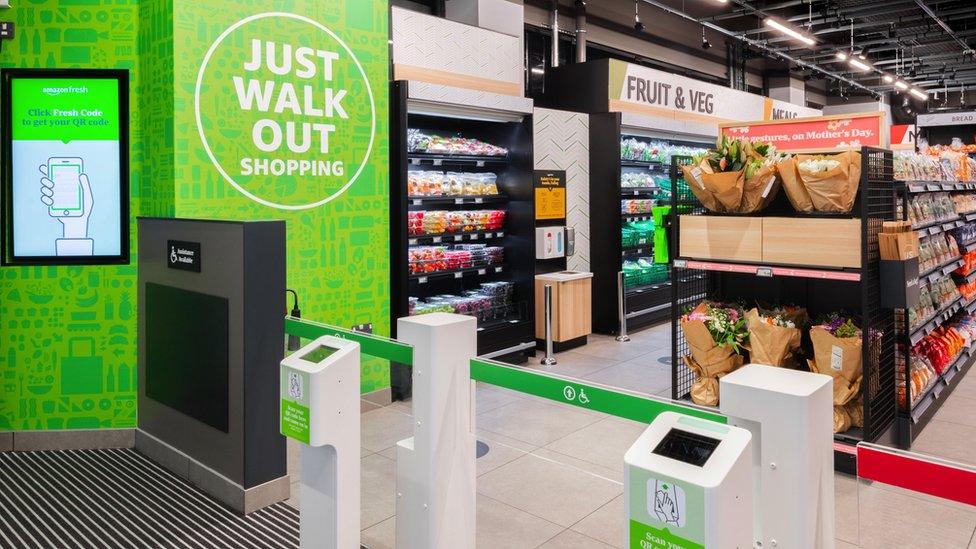
Introduction
The grocery retail market in the UK has witnessed a significant transformation, particularly with the recent entry of major players like Amazon. With the increase in online shopping and changing consumer preferences, Amazon’s foray into brick-and-mortar grocery stores presents an important shift in how customers access food and household essentials. In an age of convenience, understanding Amazon’s impact on grocery shopping is vital for consumers and other retailers alike.
Amazon’s Entry into the Grocery Market
Amazon made headlines with its acquisition of Whole Foods in 2017, marking its serious commitment to the grocery market. Following this acquisition, the company began experimenting with different grocery formats, such as Amazon Fresh and its cashierless Amazon Go stores. In June 2021, Amazon launched its first grocery store in the UK, located in London’s Ealing district, which has been operational since then.
The store offers customers a unique shopping experience that combines both traditional grocery shopping and the innovative technology Amazon is known for. Utilizing the Amazon app, customers can shop, scan items, and seamlessly check out without the need for cashiers, making the process efficient and quick.
Recent Developments
In recent months, Amazon has announced plans to expand its grocery store footprint across the UK, with additional locations expected by early 2024. According to reports, the company aims to enhance its offerings by blending fresh produce with Amazon’s established grocery delivery services, streamlining access to both in-store and online shopping.
The popularity of Amazon’s grocery stores is evident as they cater to the growing demand for quick and easy shopping experiences. Research published in the Food Retailing Research group revealed that consumers are increasingly seeking convenience and variety when purchasing groceries, which aligns perfectly with Amazon’s value proposition.
Impact on the Retail Landscape
Amazon’s expansion into grocery stores poses challenges for traditional supermarkets such as Tesco and Sainsbury’s, which are now compelled to innovate in order to maintain their market shares. The entry of such a tech-driven competitor may trigger a new wave of digital transformation in the grocery retail sector, prompting these established retailers to adopt new technologies for improving customer experiences and operational efficiencies.
Conclusion
The emergence of Amazon grocery stores in the UK can possibly reshape the grocery shopping landscape by providing enhanced convenience and new shopping experiences. With its plans for expansion and integration of online services, Amazon is positioned to challenge the status quo, compelling other retailers to rethink their strategies. As projections suggest that online grocery shopping will continue to grow, consumers can anticipate a more competitive and technology-driven grocery market in the near future.
You may also like

The Rise of Ghost Number Plates in the UK

Understanding Interactive Investor: A Comprehensive Guide
